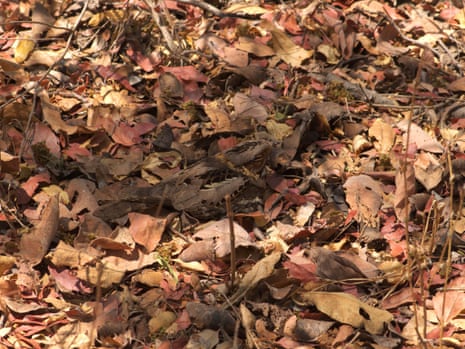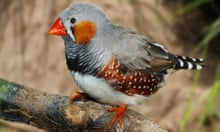Last night, I was contacted by Arran Frood, a digital content producer for the Biotechnology and Biological Sciences Research Council (BBSRC), after he’d read this piece I wrote about the evolution of camouflage in avian eggs. He invited me to share this interesting video that he produced. This video provides a visual context for animal camouflage research:
The BBSRC is experimenting by sending cameras to some of their BBSRC-funded researchers so they can record their experiences whilst pursuing research in the field -- gnarly roads, bush fires, biting insects, boomslangs and all!
The purpose for this project is “to bring the viewer closer to the action, and so the public paying for the research can see some of the nuances of how it’s really done and what they’re up to”, writes Mr Frood in email.
“It makes a change from the usual approach to ‘comms/PR’, as the scientist is shooting their work and they have a little more control over how it’s portrayed”, added Mr Frood. He also pointed out that “if researchers came to us with a really good end product, we’d certainly be interested in running” the video as-is.
To get this work started, the BBSRC video producers discuss the project with the researchers before sending the necessary equipment and other materials to them.
Then, a few weeks or months later, “lots(!) of files” arrive. “Then I get to work [on] editing, [and] using narration and captions as necessary”, writes Mr Frood in email.
The researchers remain active participants in this process until the final version of the video is released to the public.
“The scientists get to see drafts and sign it off so we’re not hyping or misrepresenting their work”, writes Mr Frood.
I’ve got more BBSRC research videos that I plan to share with you in the next few weeks so you can see the variety of research supported by public funds.
.. .. .. .. .. .. .. .. .. .. ..
When she’s not out birding, GrrlScientist can also be found here: Maniraptora. She’s very active on twitter @GrrlScientist and sometimes lurks on social media: facebook, G+, LinkedIn, and Pinterest.





Comments (…)
Sign in or create your Guardian account to join the discussion